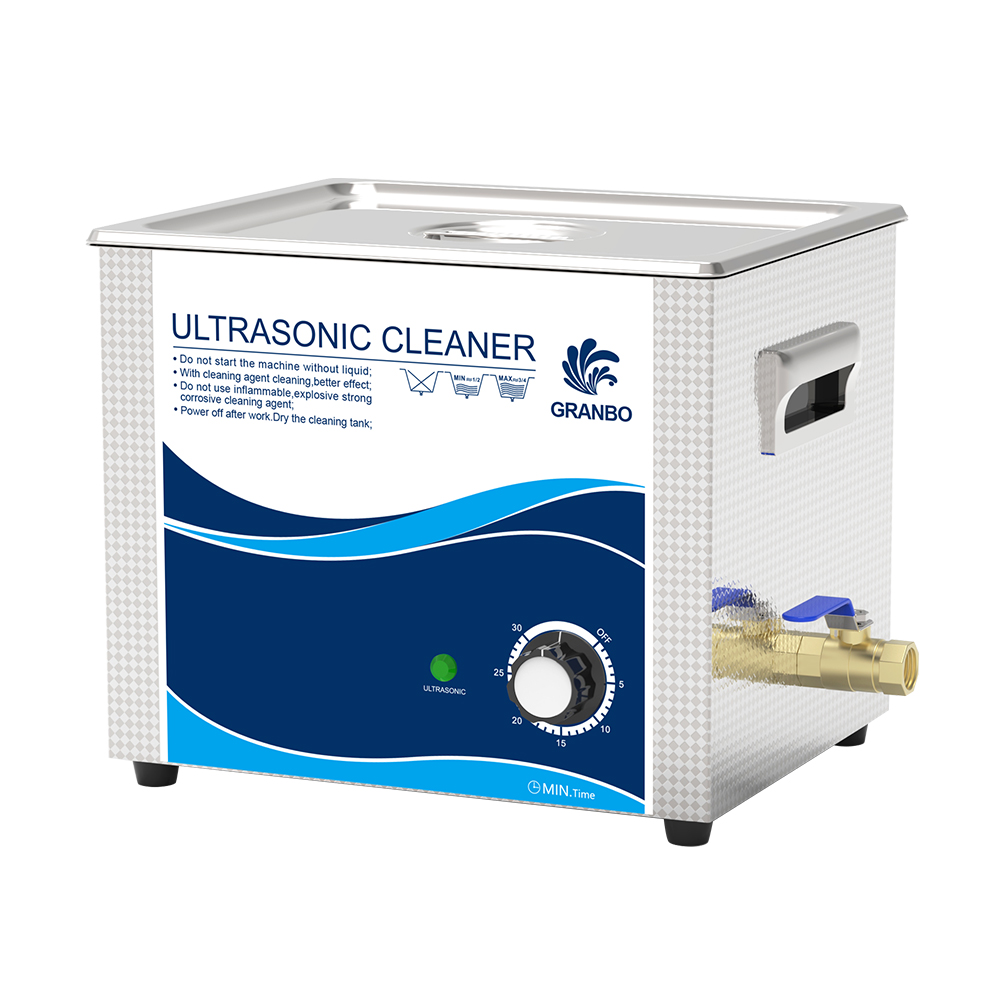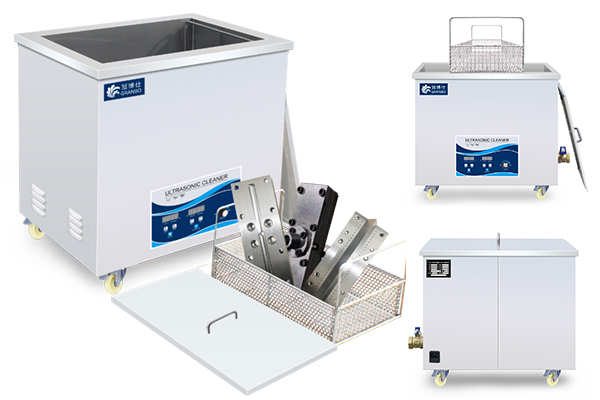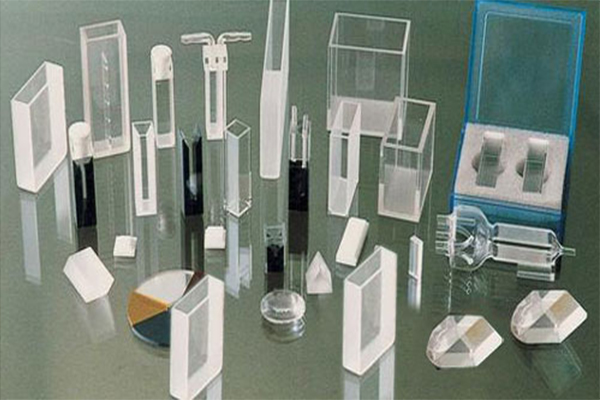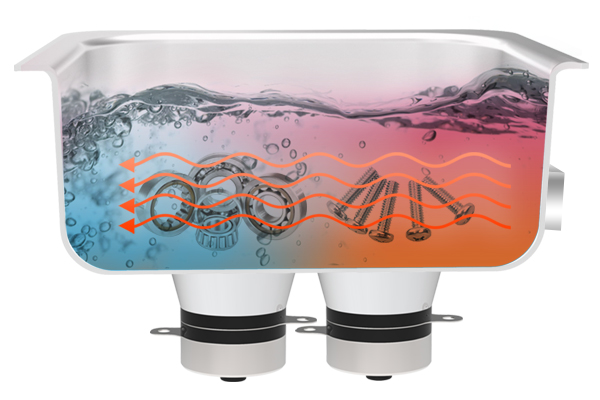Ultrasonic cleaning has become a popular and effective method for removing contaminants from various surfaces, including those coated with paint. However, some concerns have been raised about its potential impact on the adhesion of paint to the surface after cleaning. In this article, we will explore the effects of ultrasonic cleaning on paint adhesion.
Ultrasonic cleaning works by generating high-frequency sound waves that create millions of microscopic bubbles in the cleaning solution. As these bubbles collapse, they release a tremendous amount of energy that helps to dislodge contaminants from the surface being cleaned. While this process is highly effective at removing dirt and grime, it can also potentially damage the paint coating.
Studies have shown that the impact of ultrasonic cleaning on paint adhesion can vary depending on several factors, including the type of paint, the thickness of the coating, and the intensity of the ultrasonic waves. In general, it is believed that ultrasonic cleaning is less likely to damage paint adhesion on surfaces with thicker coatings.
However, it is still important to take precautions when using ultrasonic cleaning on painted surfaces. One such precaution is to avoid using ultrasonic cleaning on freshly painted surfaces. The paint should be allowed to fully cure and harden before cleaning to prevent any potential damage to the adhesion.
It is also important to use the appropriate cleaning solution for the specific type of paint being cleaned. Using a cleaning solution that is too harsh can damage the paint and affect its adhesion.
In conclusion, ultrasonic cleaning can be an effective method for removing contaminants from painted surfaces, but it is important to take precautions to avoid damaging the paint coating and its adhesion. By using appropriate cleaning solutions and allowing newly painted surfaces to fully cure before cleaning, the potential impact of ultrasonic cleaning on paint adhesion can be minimized.





